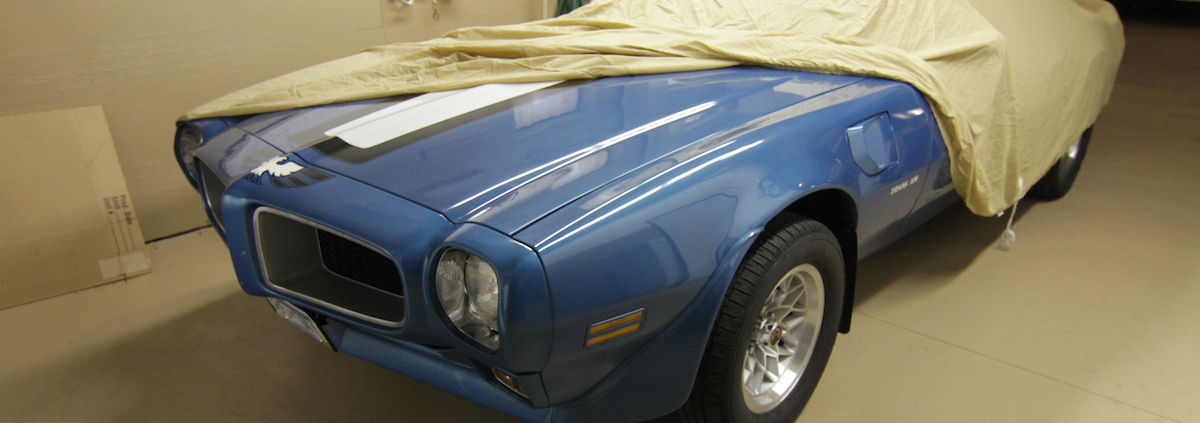Key Things You Should Do When Pulling a Vehicle from Seasonal Storage
Whether you’re waking your classic car from a long winter slumber or dusting off a motorcycle for summer rides, pulling a vehicle from seasonal storage takes more than just turning the key. A few smart steps now can save you a major headache later — and even extend the life of your vehicle. Here’s a checklist of key things you should do before hitting the road.
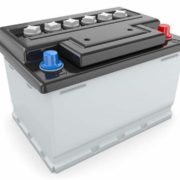
1. Inspect the Battery
Batteries lose charge over time, especially if they weren’t hooked up to a trickle charger during storage.
Check the charge level and recharge it fully if needed.
Inspect for corrosion on the terminals and clean them if necessary.
If the battery seems weak or struggles to crank, consider a replacement before it strands you somewhere.
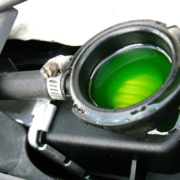
2. Check All Fluids
Fluids can degrade or even leak during storage.
Engine oil: Even if it looks clean, it’s often smart to change it. Condensation may have built up while it sat.
Coolant: Check levels and inspect for leaks.
Brake fluid: Should be clear, not dark or murky. Top it off if needed.
Transmission and differential fluids: If applicable, inspect these as well.
Gasoline: If you didn’t use a fuel stabilizer, the fuel might be degraded. In that case, it’s safest to siphon it out and add fresh gas.
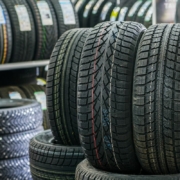
3. Inspect Tires Carefully
Tires can lose pressure and even develop flat spots during storage.
Check tire pressures and inflate to recommended PSI.
Look for cracks, bulges, or dry rot. Rubber can age faster when stationary.
Check tread depth — and don’t forget the spare tire!
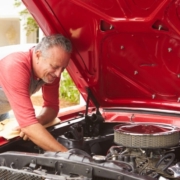
4. Look Under the Hood (and Under the Vehicle)
Mice and other critters love to make homes in stored vehicles.
Check air intakes and engine compartments for nests, chewed wires, or debris.
Inspect under the car for signs of fluid leaks or animal activity.
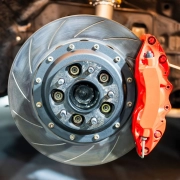
5. Test Brakes, Belts, and Hoses
Before taking a spirited drive:
Pump the brakes gently to ensure you have a firm pedal.
Inspect belts and hoses for cracks, fraying, or wear.
Rubber can harden and fail after sitting unused.
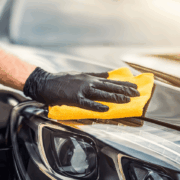
6. Clean the Exterior and Interior
Dust, pollen, and even mold can build up over months.
Wash and wax the exterior to protect your paint.
Vacuum and wipe down the interior, especially if moisture snuck in.
Check for odors — a musty smell might indicate water leaks or mildew.

7. Verify Lights and Signals
Make sure you’re visible and legal:
Test headlights, taillights, brake lights, and turn signals.
Replace any burned-out bulbs and clean foggy lenses.

8. Take a Short Test Drive
Before a long trip:
Drive around the block to listen for odd noises, vibrations, or pulling while braking.
Watch the gauges — especially temperature and oil pressure.
Let the vehicle reach full operating temperature to ensure everything is running smoothly.
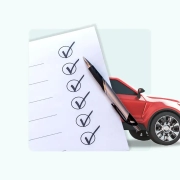
9. Update Documents
Finally, double-check that your registration, insurance, and inspection stickers are all current. Some insurance policies may change during periods of storage, so verify coverage before driving.

Final Thoughts
Bringing a stored vehicle back to life is part of the seasonal ritual for many enthusiasts. Taking the time to go through this checklist ensures that your pride and joy stays reliable, safe, and enjoyable for the miles ahead.
A little prevention today can save you costly repairs — or worse — tomorrow.

Happy driving!


